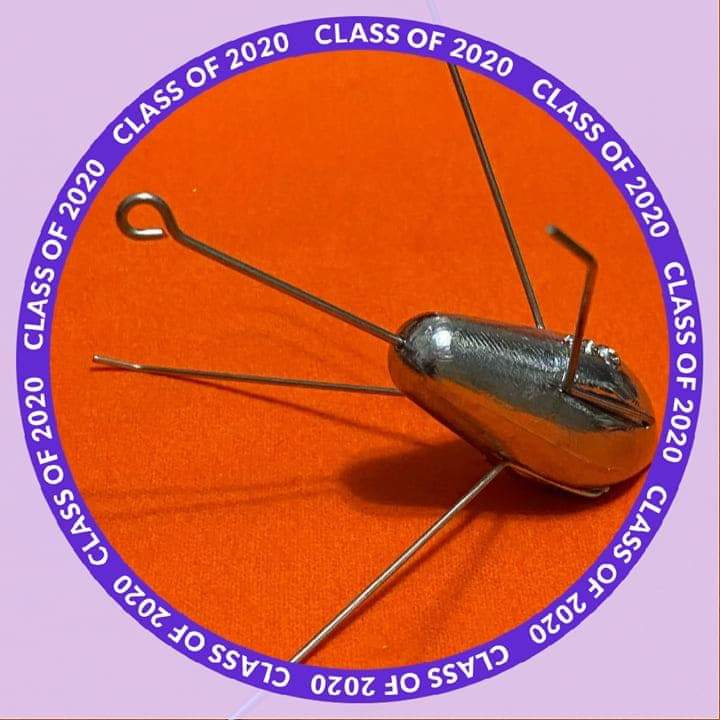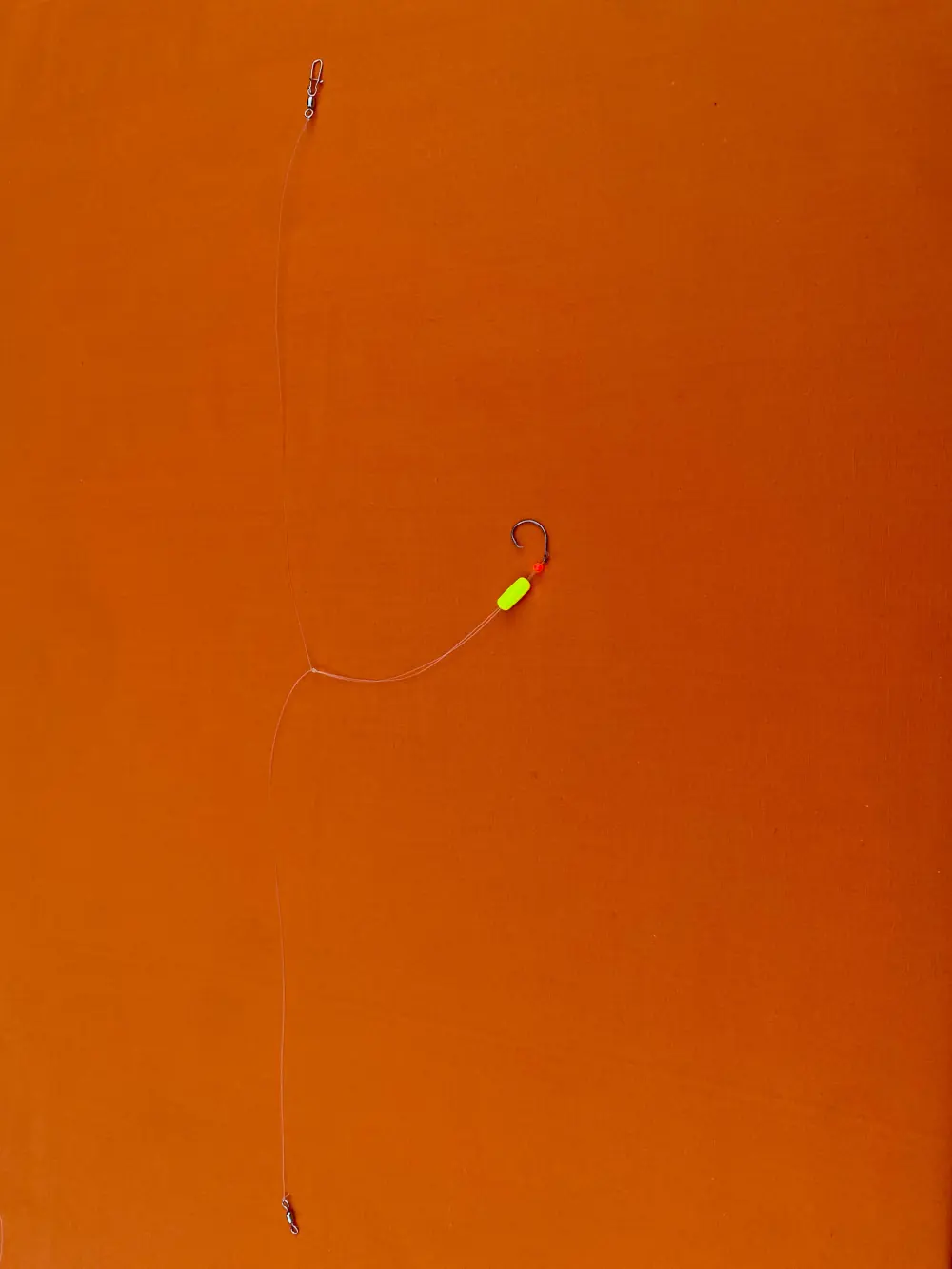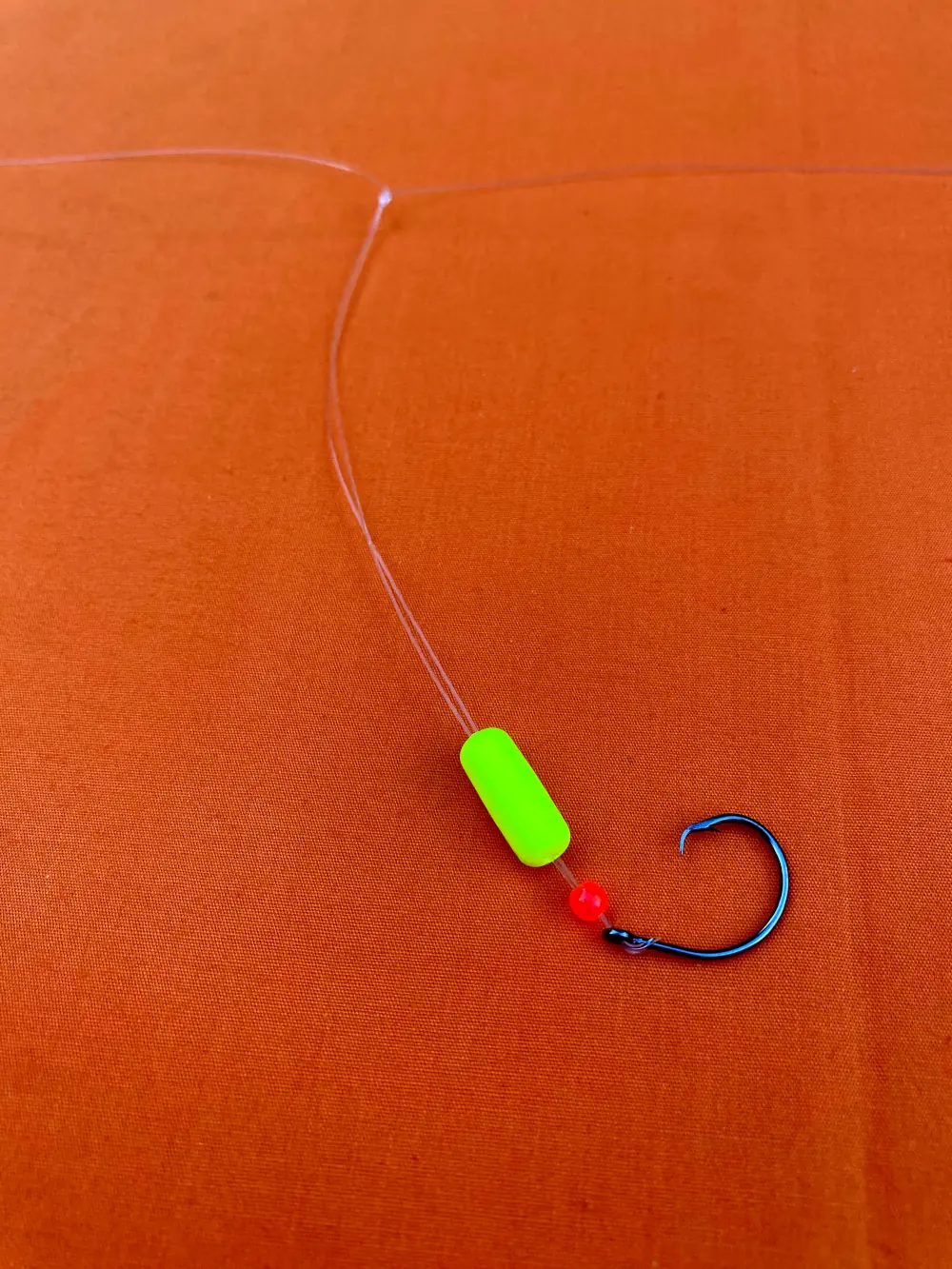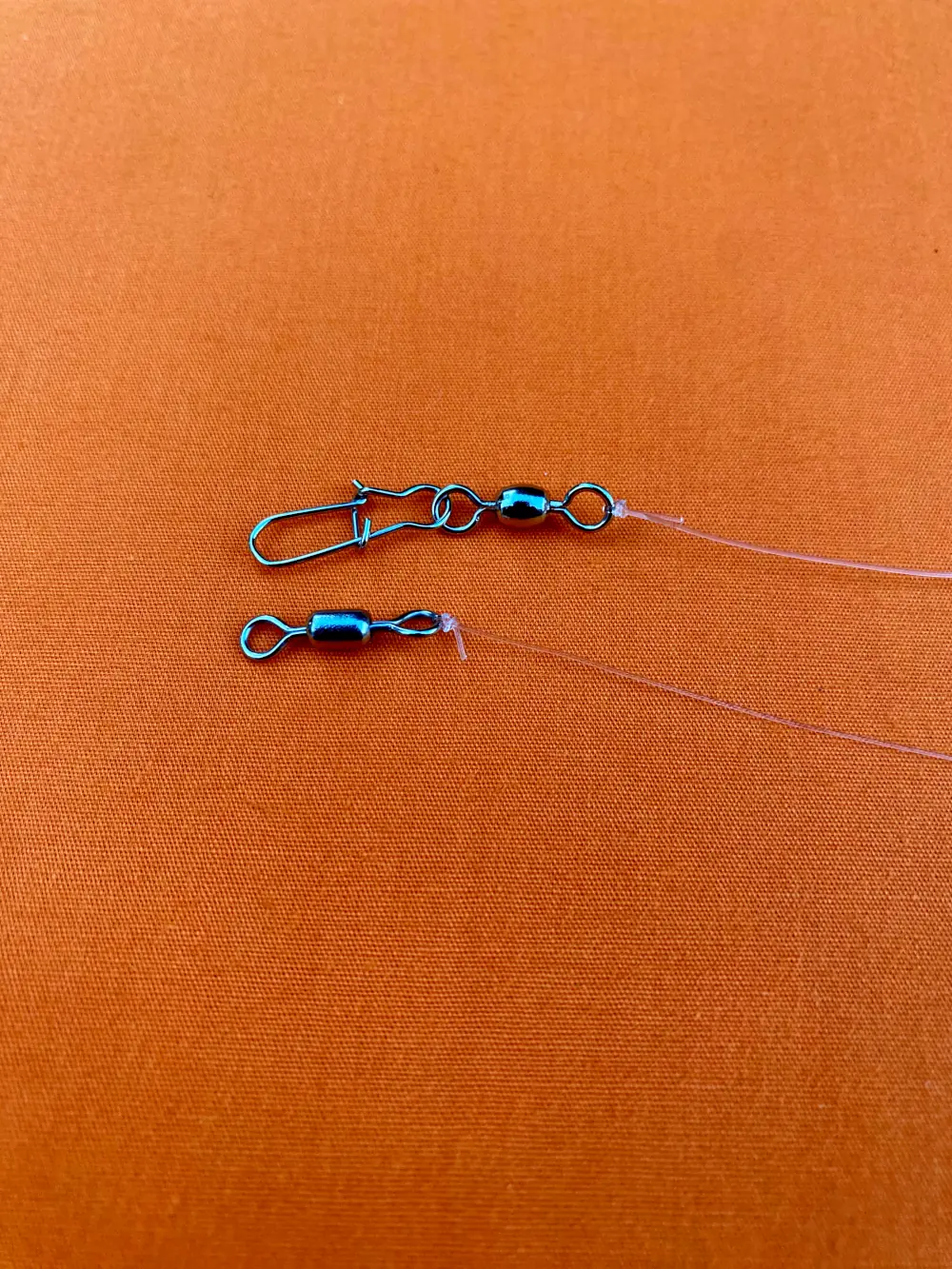🎣 Guide to Surf Fishing for Whiting on the Gulf and Atlantic Coasts
- PierandSurfLeadSlinger

- Jul 9
- 3 min read
Updated: Jul 25
Whiting (also known as sea mullet or Gulf kingfish) are a favorite among surf anglers from Texas to the Carolinas. They’re abundant, tasty, and a blast to catch on light tackle. Whether you’re fishing Galveston, South Padre, or the Outer Banks, using the right rig can dramatically improve your results—and the single-drop rig is hands-down one of the best.
🐟 Understanding Whiting Behavior and Feeding Habits

Whiting are bottom-feeders that patrol the first and second troughs of sandy beaches.
Key facts:
• They feed on small crustaceans like shrimp, sand fleas, and worms.
Prefer tidal movement—especially the last of the incoming and first of the outgoing tide
Active year-round, with peak bites in spring and fall
Often found just 10–30 yards from shore in shallow water
✅ What Makes Whiting Worth Targeting?
Available year-round in the surf
Often found just past the first sandbar or in beach troughs
Hit baits hard and put up a fun fight
Delicious, flaky white meat perfect for fish tacos or frying
🛠️ Surf Fishing Rigs That Work Best
✅ Single-Drop Bottom Rig (All-Around Favorite)
✅ Double-Drop Rig (Great When They're Schooling)
Two small baited hooks
Spaced 12–18" apart for multiple hookups
Ideal for hot bites during a run
✅ High-Low Rig with Float Beads
Foam beads lift bait just off the bottom
Helps avoid crabs and weed
Good for slightly deeper water
✅ Carolina Rig (Sliding Egg Sinker Rig)
Natural presentation
Great for calm surf and light currents
Use a size 3/8–1 oz egg sinker above the swivel
🔧 Why the Single-Drop Rig Works So Well
The single-drop bottom rig is a simple yet deadly effective rig that puts your bait right where whiting feed—low on the sandy bottom. Here’s why it consistently outperforms more complicated setups:
🎯 Natural bait presentation keeps the bait in the strike zone
🔗 Fewer tangles than double-drop rigs
🎣 Better bite sensitivity—feel every tap
🌊 Easy to customize with pyramid or Sputnik sinkers (1–3 oz)
Why it works:
Whiting are bottom feeders, so a rig that keeps bait close to the sand is ideal.
The single-drop setup minimizes tangles and presents the bait naturally in the surf or nearshore troughs.
Works great in gentle surf, beach troughs, and around sandbars—common whiting habitats.
🛠️ What to Look for in a Whiting Rig
🦐 Best Baits and How to Use Bait Thread for Whiting
You don’t need to overthink bait—whiting love the classics:
Top Whiting Baits:
Fresh peeled shrimp (cut into small chunks)
Live or frozen sand fleas
Fishbites (clam or shrimp scent)
Squid strips
🧵 Using Bait Thread:
Wrap soft baits like shrimp or sand fleas with elastic bait thread:
Keeps bait secure during long casts
Helps it last longer in rough surf
Allows stacking multiple baits on one hook
Especially useful with combo baits (shrimp + synthetic)
🪝 Surf Rod & Reel Setup for Whiting
Rod: 8–10 ft (or longer) medium-light or medium surf rod
Reel: 3000–5000 size spinning reel or 20-30 size baitcasting reel
Line: 10–30 lb monofilament or braid
Shock Leader: 20–30 lb monofilament recommended for heavy casting
Rod Holders: Use PVC or aluminium sand spikes to manage multiple rods hands-free
🌊 Where to Find Whiting in the Surf
First trough (closest to shore): Best during low light conditions
Edges of rip currents: Exposes food, attracts whiting
Sandbar drop-offs: Whiting cruise along these for prey
Foamy, stirred water: Indicates food movement and feeding activity
📸 Example of a Single-Drop Whiting Rig:
🎯 Final Whiting Surf Tips
Keep your bait small and fresh
Use circle hooks for easy, safe hook-sets
Move every 15–20 minutes if you’re not getting bites
Observe water movement, foam lines, and bird activity
Fish light, fish smart, and enjoy every cast.
Whiting often school up, so when you catch one, stay put! Keep your casts short—usually just behind the first breaker. The single-drop rig keeps you in the action, helping you bring more fish to the cooler without fuss.
🛍️ Shop the Gear
Looking for hand-tied rigs, elastic bait thread, and surf-ready terminal tackle?







Comments